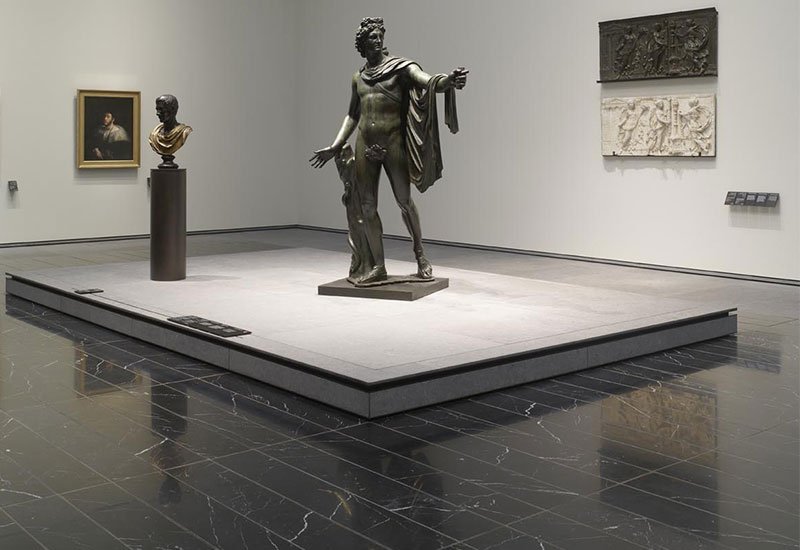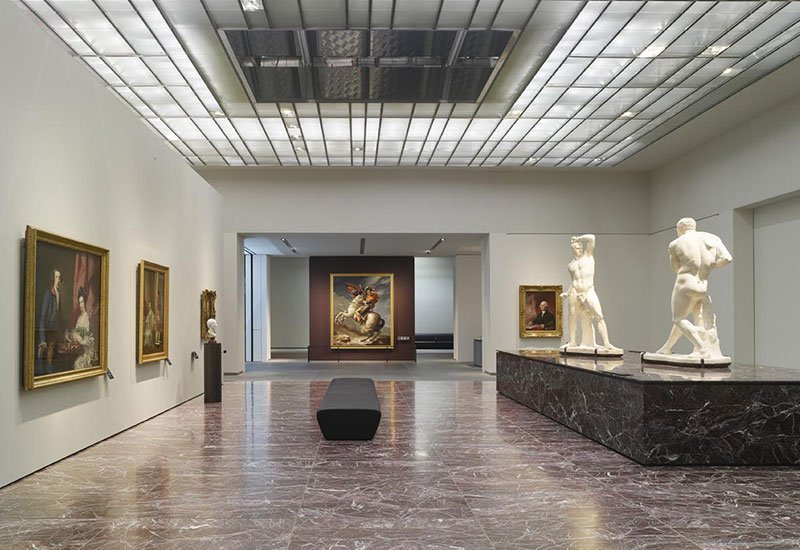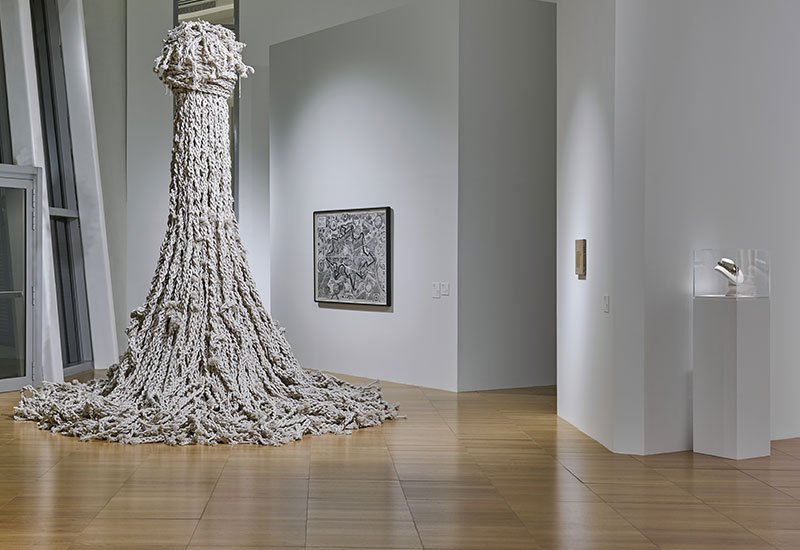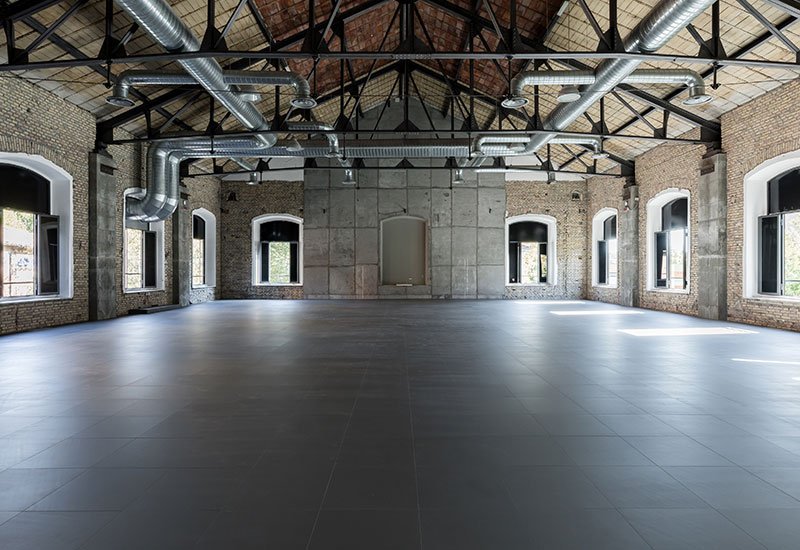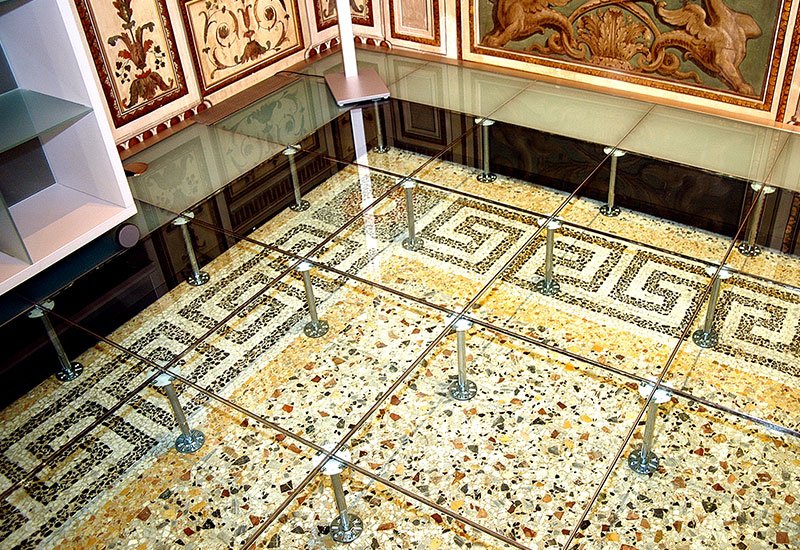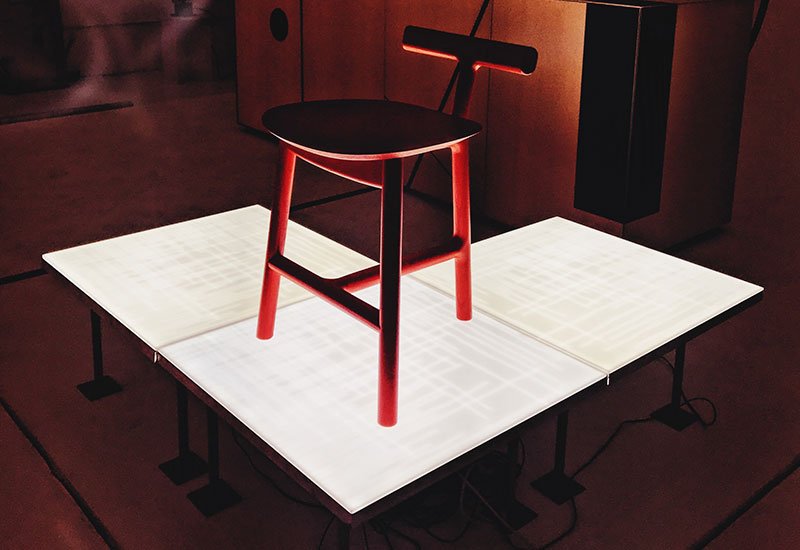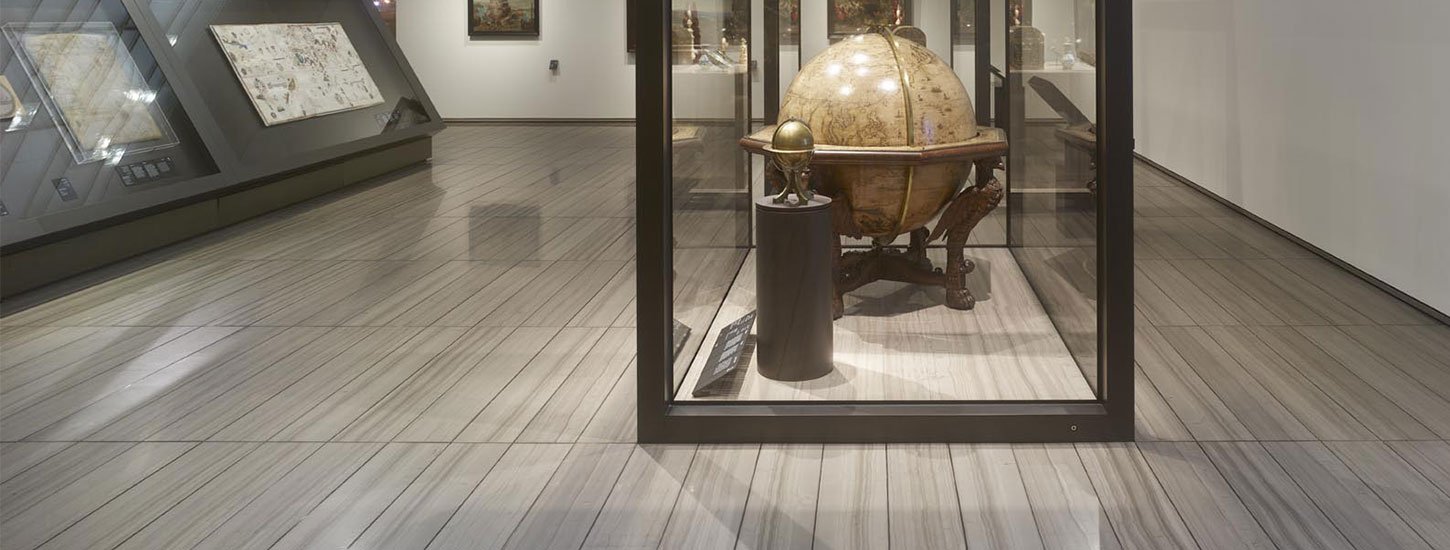
Home / News / Architecture /
Whatever the environment, the selection of the floor remains one of the most important elements in the design of a space. In the specific case of raised floors, the identification of the best solution is even more complex and gravitates around specific performances, based on the final use, in order to ensure the maximum comfort and safety for future users.
The realization of a raised floor system suitable for the museum application can be a real challenge because besides satisfying high aesthetic standards, it must sustain a high and continuous traffic over time.
As regards the top finishes, the possibilities are practically inexhaustible, as shown by the projects carried out with the raised floor Nesite.
MUSEUMS // MARBLE RAISED FLOOR
raised floor with Black Marquinia marble finishing – Louvre Abu Dhabi
Thanks to its innate elegance, the marble finishing remains the most popular choice when we’re dealing with museums projects. The infinity of colors and shades allows to obtain every time a unique, refined and high-impact effect.
The most emblematic project realized by Nesite is undoubtedly the Louvre of Abu Dhabi, the spectacular museum designed by Jean Nouvel, composed of 55 individual buildings inspired by the Medina and the Arab settlements.
raised floor with Red Levanto marble finishing – Louvre Abu Dhabi
For the realization of the floor system, over 20,000 sqm, precious marbles have been used, such as Rosso Levanto and Black Marquinia, entirely processed in special formats. The completion of the project also included the design of a certified anti-seismic solution, equipped with “bridging” and “bracing system”, which contributed to obtain the LEED certification.
Find out more about this project »
MUSEUMS // PARQUET RAISED FLOOR
The raised floor with parquet finishing is able to confer warmth and elegance to any space. Flooring of ancient traditions, parquet is today a solution also suitable for modern spaces, thanks to the numerous variants proposed by the market.
raised floor with natural oak finishing – NYU Art Gallery
In the case of the Art Gallery of the New York University in Abu Dhabi, the cultural reference of the campus designed by Rafael Vinoly, a raised floor with a natural oak finishing was installed, in order to create a welcoming space for students and visitors.
Find out more about this project »
MUSEUMS // RESIN RAISED FLOOR
From classic to contemporary, the 4.0 resin raised floor represents a modern and versatile solution of excellent mechanical and aesthetic characteristics.
Available in PLAIN (homogeneous) and CONCRETE (concrete effect) version, the 4. 0 floor allows the customization of various aspects such as color (with the possibility of choosing the color directly from the RAL scale), degree of opacity (glossy, semi-gloss or opaque) or type of finish (standard or embossed).
raised floor 4.0 – MAXXI Museum
4.0 was considered the ideal option for paving the Extra MAXXI Hall of the homonymous museum in Rome, for which it was created in the gray whale shade, opaque version.
Find out more about this project »
MUSEUMS // GLASS RAISED FLOOR
In the museum context, glass is used both as absolute protagonist or in combination with other finishes, such as ceramics or wood, in order to create real and proper walkable exhibition paths. Inside Natural History Museum of Pordenone, for example, thanks to the installation of glass raised floor, it was possible to set up a high-medieval necropolis … under the visitors feet.
Often however, the goal is simply to preserve the architectural memory of a building, protecting and enhancing the original flooring, as happened in the case of Leopoldine or Palazzo Bonaparte in Rome which, despite not being a proper museum, can certainly be defined as building of historical interest which is worth visiting.
transparent glass raised floor – Palazzo Bonaparte
MUSEUMS // LED RAISED FLOOR
Another suitable product for museums is JUNO, the new high-brightness walkable LED panel, presented at Architect at Work 2018.
It’s a solution of particular value, with HI-MACS® Solid Surface finish – which determines its strength and ease of maintenance – designed to fit inside raised floors, in order to create refined paths of light or highlight objects inside exhibition spaces.
JUNO silk – screen printed version
JUNO is available in two versions, with diffused light on the whole surface (SP) or silk – screen printed (PL), version which can be customized with various textures, making each project unique.
